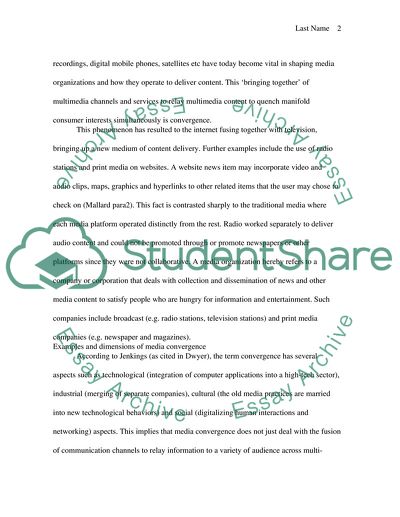Cite this document
(Convergence in Media Research Paper Example | Topics and Well Written Essays - 2750 words, n.d.)
Convergence in Media Research Paper Example | Topics and Well Written Essays - 2750 words. Retrieved from https://studentshare.org/media/1788915-media-organizations-and-convergence
Convergence in Media Research Paper Example | Topics and Well Written Essays - 2750 words. Retrieved from https://studentshare.org/media/1788915-media-organizations-and-convergence
(Convergence in Media Research Paper Example | Topics and Well Written Essays - 2750 Words)
Convergence in Media Research Paper Example | Topics and Well Written Essays - 2750 Words. https://studentshare.org/media/1788915-media-organizations-and-convergence.
Convergence in Media Research Paper Example | Topics and Well Written Essays - 2750 Words. https://studentshare.org/media/1788915-media-organizations-and-convergence.
“Convergence in Media Research Paper Example | Topics and Well Written Essays - 2750 Words”, n.d. https://studentshare.org/media/1788915-media-organizations-and-convergence.


